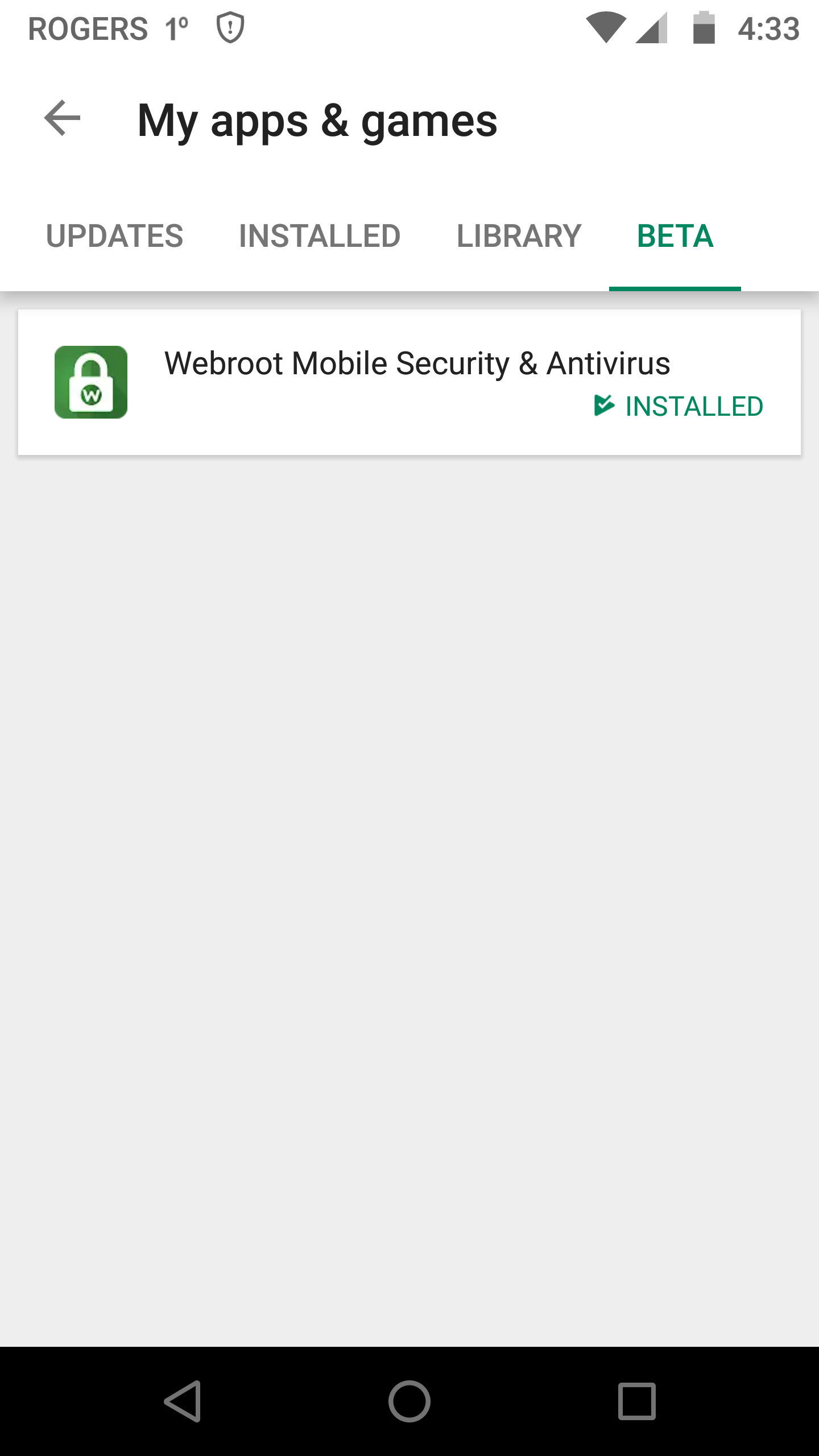
But just occasionally we'd see speeds of half that, even less. Our performance tests gave mostly reasonable results, averaging 60Mbps in the UK from our 75Mbps test line, and 40-50Mbps for UK-US connections. Webroot WiFi Security performed reasonably in our speed tests (Image credit: Ookla) In real world use, all you'll see is your internet has died, and you won't know why until you think to check Webroot WiFi Security. Turning on the kill switch helps by instantly blocking internet access if the connection fails, but the client still doesn't raise a notification if you're using OpenVPN. If you couldn't see the client window - it's minimized, maybe you're running something else full-screen - you'd have no way to know you were unprotected. When we closed an OpenVPN connection, though, the client updated its console with a 'Connection Failure' alert, but didn't display a notification or try to reconnect. If a PPTP, L2TP or IKEv2 connection fails, a notification quickly warns the user and the client automatically reconnects. The client scored mixed results for connection handling with its default settings.
#WEBROOT WITH VPN PLUS#
It's a definite plus for the package and will keep you a little safer than the competition. Webroot's web filtering is built-in, though not activated by default. You must do this yourself by tapping the Connect button. This is more limited than usual as although the client will launch along with Windows, it won't automatically connect. That's almost it, apart from a 'launch at startup' setting.

The client can automatically log in when you access insecure or untrusted networks, and a kill switch stops internet traffic if the VPN drops. Still, potential customers shouldn't have to take this entirely on trust, and we'd like to see the company verify its logging policy with an ExpressVPN-style security audit.Ī settings menu allows you to choose your preferred VPN protocol and enable a kill switch (Image credit: Webroot)Ī sparse Settings dialog enables choosing your protocol (PPTP, L2TP, IKEv2, and OpenVPN has been added since our last review). And having a big name like Webroot attached to the service gives us more confidence that the policy is accurate, and there's no other logging going on that we're not hearing about. Webroot WiFi Security does have some logging, then, but nothing we haven't seen with many other providers. Can these logs be connected to your account, for instance? How long might the data be kept for? But if you're concerned, it appears that you can toggle a client setting to stop logs being sent to Webroot, avoiding these issues entirely. The policy also reports that 'if your WiFi Security app crashes, logs of what happened on the device for a brief period prior to the crash, which may include some downloaded data and DNS queries, may be logged for troubleshooting purposes only, in order to identify the cause of the crash.' There is some session logging, with the service recording the date and time when a session started and finished, the amount of data transferred, the VPN location you've accessed, the country you've connected from (not the source IP address) and the number of devices simultaneously connected through your account. The policy explains that 'we do not collect or log any browsing activity, IP addresses, downloaded data (or shared or viewed data), or DNS queries.' That is, Webroot doesn't keep your browsing history or log the content of whatever you're viewing or downloading.

There's more detail here than you'll see with most specialist providers.
#WEBROOT WITH VPN HOW TO#
Webroot may be new to the VPN business, but it knows how to write a privacy policy. Webroot does not log any data on its users' activity online but there is some session logging (Image credit: Webroot) Privacy and logging


 0 kommentar(er)
0 kommentar(er)
